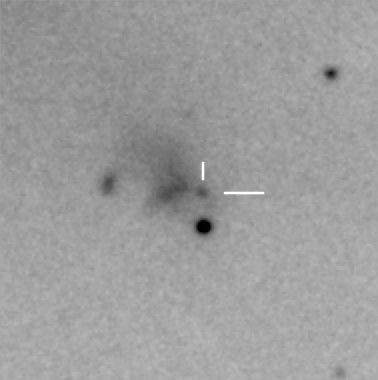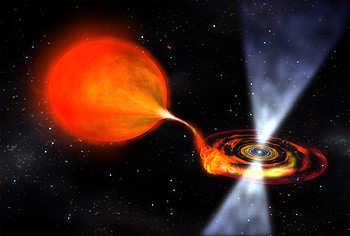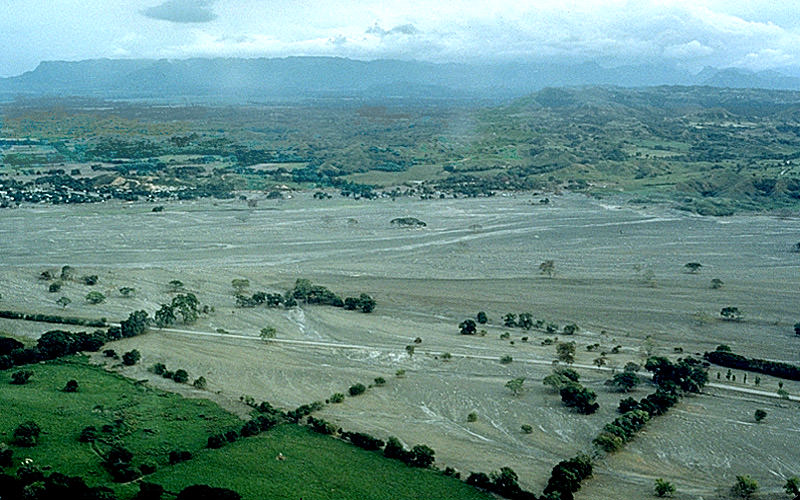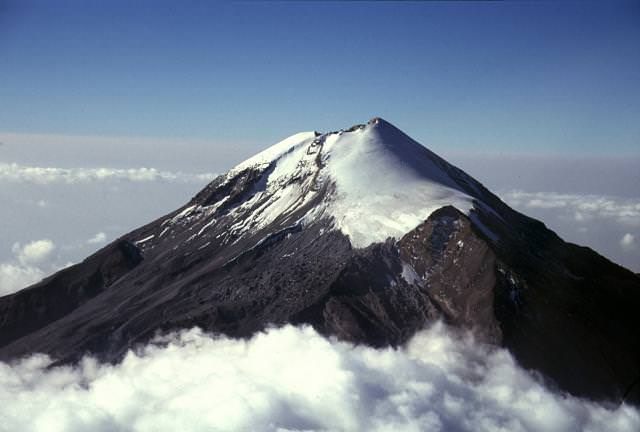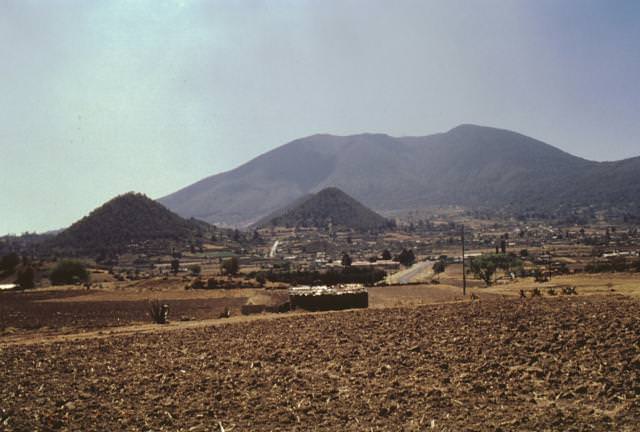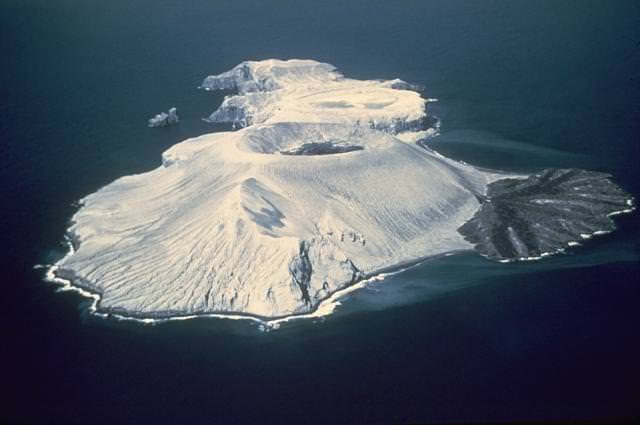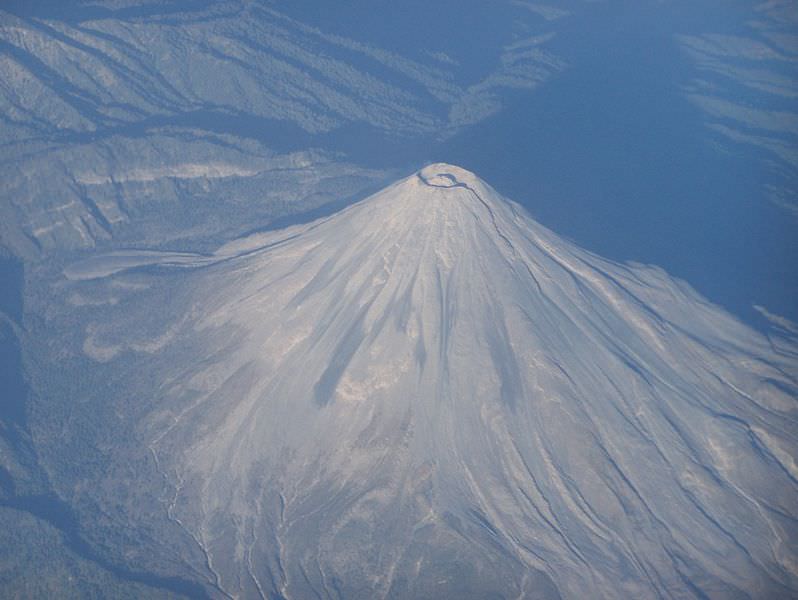[/caption]
Embedded in the Southern Crown some 424 light years away from us resides an area of incredible beauty surrounded by a dark and dusty beast. The three nebulae NGC 6726-27, and NGC 6729 were first discovered by Johann Friedrich Julius Schmidt, during his observations at Athens Observatory in 1861… a time when what they were was poorly understood. At first glance, one might believe this association of stars to be purely coincidental – a chance meeting of moving stars passing through a dust cloud, much like the Pleiades. But, thank heavens for an astronomer named Marth who independently recovered it in 1864 and began to study it, because there’s a whole lot more here than just a pretty picture.
When Marth recovered Schmidt’s three nebulous regions from his vantange point in Malta, he began a series of observations that would last for several years and lead to findings that would cause astronomers to take second looks at this incredible region known as the Corona Australis Nebula. Why? Because by 1916 both Schmidt and Marth had identified a variable star (R CrA) and a variable nebula within it. Within months, astronomers also realized also noticed that the behaviour of R CrA (variability and environment) was similar to T Tauri.
Buried in its yellowish cocoon near the two bright reflection nebulae, R CrA is a young star still accreting interstellar material on to its surface. But what materials? “The 3 micrometers absorption due to H2O ice was detected in three types of sources including protostars, T Tauri-like stars, and background field stars.” says Masuo Tanaka (et al), “This scattered distribution suggests the significant contribution of the circumstellar hot dust to the H-K color and/or sublimation of H2O ice at the inner region of the circumstellar disk due to heating by protostars. Among them, the optical depth of CO ice in IRS 2 is the largest so far detected. It is found that the absorption feature of each source has almost the same central frequency and FWHM which coincide with the calculated values of small grains with dominant CO mantle. On the other hand, the column density of CO ice is found to be substantially smaller than that of H2O ice.”
However, when examined in infrared, two distinct red patches can also be seen hiding inside the beast – Herbig Haro objects. Are these what account for the variability of the nebula? “We suggest that these variations are the result of variable obscuration, possibly linked to dust shells physically associated to the system.” says L.P. Vaz (et al), “NGC 6729 is part of a nebulous region that contains both variable stars R CrA and detached Herbig Be eclipsing binary TY Coronae Australis. We present the non-eclipse-related photometric variability of the system.” Regions that are constantly changing, yet show visible signs of star formation occurring deep inside the dark dust clouds… Coughed out from the hidden star-forming beast (often in pairs) and sent flying in an opposite direction.
Just how long ago were these expelled? According to recent research the primary TY CrA star is difficult to pinpoint, but may be around 3.16 million years old zero-age main sequence, and its secondary star is a pre-main-sequence star located at the base of the Hayashi tracks. It simply isn’t very evolved yet and could be as young as 1.64 million years or as old as 3 million. “All genuine Herbig stars in our sample are located between the birthline and the zero-age main sequence (ZAMS) in the Hertzsprung-Russell diagram (HRD), in accordance with what is expected for pre-main sequence stars.” says M.E. van den Ancker (et al), “The region in the HRD close to the birthline is relatively devoid of stars when compared to the region closer to the ZAMS, in agreement with the expected evolutionary time scales. The Herbig Ae/Be stars not associated with star forming regions were found to be located close to the ZAMS.”
But it is the combination of the beauty of new star formation and the beast of the dust that make the Corona Australis Nebula such a wonderful area for study. By studying polarization, we learn so much more about what is hidden inside. For example, dark dust clouds with embedded star clusters have a more complex distribution of polarization direction than do clouds without clusters, and it is believed that young stars and dense gases are a major factor in the enhanced dispersion of polarization angle – not just quantity of stars. Yet we can take an even closer look! “Polarization mapping of the reflection nebula NGC 6729 reveals parallel bands of polarization vectors across the premain sequence stars R and T Cr A. These bands can be explained by dust discs in which the grains are aligned by toroidal magnetic fields. The dust discs are oriented parallel to each other (in projection and possibly in space) in a north-south direction, which is orthogonal to the axis of the CO bipolar outflow from R Cr A observed by Levreault. Optical jets are associated with both stars, two with R Cr A and one with T Cr A, which are either parallel or antiparallel to each other; however, the optical jets are not orthogonal to the planes of the discs, but are inclined at about 60 deg.” says D. Ward-Thompson of Durham University, “A model is suggested in which the optical jets are collimated by a small inner circumstellar disc, which has decoupled from the magnetic field in outer regions because of ambipolar diffusion, and whose orientation is determined principally by the angular momentum. The large outer interstellar disc, in which the grains are aligned by a toroidal magnetic field, is inclined obliquely to the inner disc and is responsible for the collimation of the CO bipolar outflow.”
Is is the dark clouds of the beast hiding the beauty of star formation that causes the variability? “Measurable changes in the surface brightness of the reflection nebula associated with R CrA occur over intervals as short as 24 hours. These and other more extreme variations are demonstrated with CCD images obtained over a 23-day period. During this time span R CrA brightened by 1.3 mag.” says J.A. Graham, “The alterations in the appearance of the nebula NGC 6729 are apparently caused by the shadowing effects of clouds which are very close to the star, probably well within 1 Au. The spectrum of R CrA may itself vary slightly from night to night, and these changes are echoed by the surrounding nebula with an observable time delay.”
Will we ever know everything there is to know about the Beauty and the Beast? What we do know is: “The the Corona Australis molecular cloud complex is one of the nearest regions with ongoing and/or recent star formation. It is a region with highly variable extinction, containing, at its core, the Coronet protostar cluster. There are now 55 known optically detected members, starting at late B spectral types. At the opposite end of the mass spectrum, there are two confirmed brown dwarf members and seven more candidate brown dwarfs. The Corona Australis molecular cloud complex is today known as one of the nearest regions with ongoing and/or recent intermediate- and low-mass star formation.” says Ralph Neuhauser of Astrophysikalisches Institut und Universitats-Sternwarte, “In between the stars R and T CrA, there is the reflection nebula NGC 6729, and the stars TY CrA and HD 176386 illuminate the nebula NGC 6726/6727. Studying lines of CN, CH, and CH in the direction of TY CrA, find that the dust in the region which is attenuating the UV emission is highly processed and strong extended emission is possibly due to polycyclic aromatic hydrocarbons (PAHs).”
Our thanks to Eddie Trimarchi of Southern Galactic for sharing this awesome photo with us!

